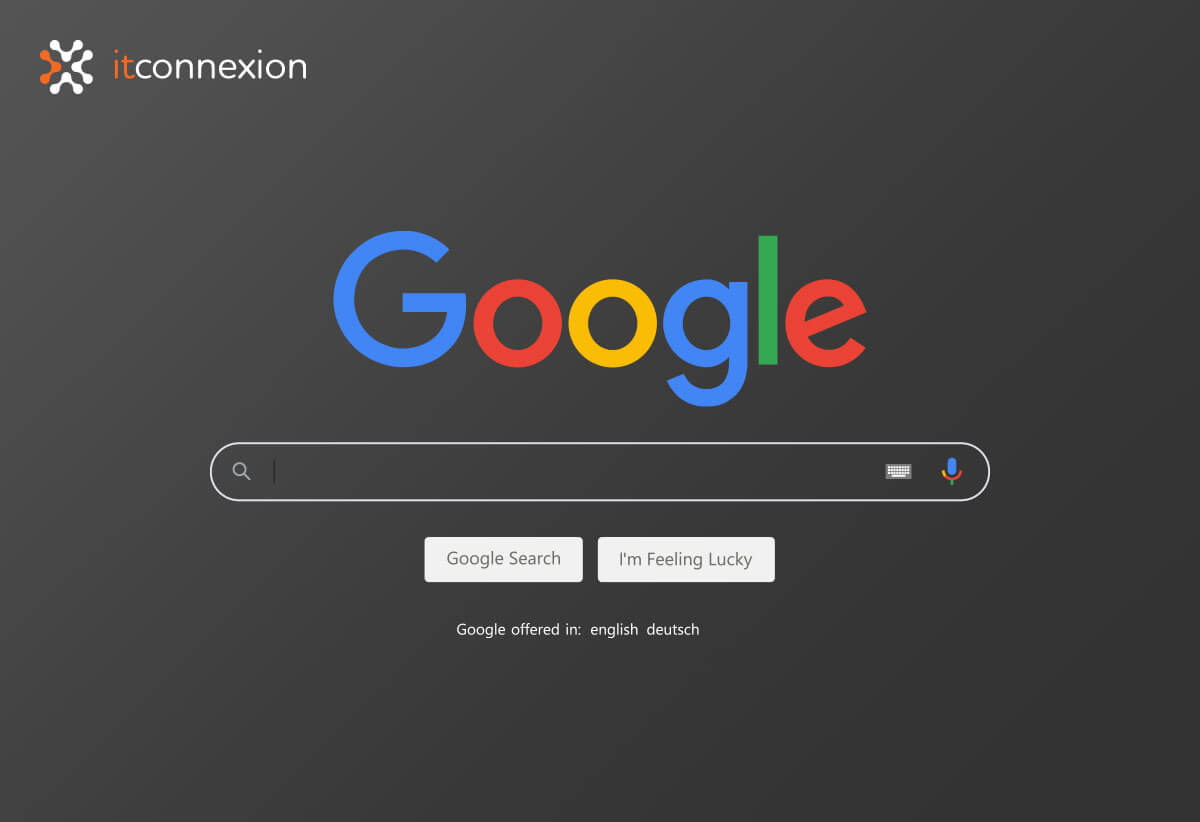These are the users that will be affected and what you can do before support ends.
Millions of Microsoft users still using older Windows versions 7, 8, or 8.1 will no longer be able to use Google Chrome, when the internet giant drops its support for the operating systems.
The move comes in unison with Google’s newest Chrome release, the first version to require Windows 10 or later.
As Google Chrome rolls out version 110 on February 7, it leaves behind version 109 – the last Chrome browser to support older versions of Windows.
The cord between Chrome and these older versions of Windows will be cut on January 10 – affecting millions of people.
To continue receiving new Chrome releases, users will need to upgrade to Windows 10.
Google said its support was “sunsetting” and encouraged users “to move to a supported Windows version to ensure you continue to receive the latest security updates and Chrome features”.
“You’ll need to ensure your device is running Windows 10 or later to continue receiving future Chrome releases. This matches Microsoft’s end of support for Windows 7 ESU and Windows 8.1 extendedsupport on January 10th, 2023.”
A decade of support
Microsoft – the company behind Windows – pulled its own support for the earlier version of the operating system three years ago.
When Windows 7 was released in 2009, Microsoft vowed to offer 10 years of support for the system – a period which ended in 2020.
“Microsoft has discontinued Windows 7 support so that we can focus our investment on supporting newer technologies and great new experiences,” Microsoft said at the time.
By discontinuing its support, Windows 7 users no longer receive security updates, software updates, or technical assistance, leaving the devices vulnerable to security threats.
Support for Windows 8 ended on January 12, 2016, and support for Windows 8.1 will also end on January 10, 2023.





